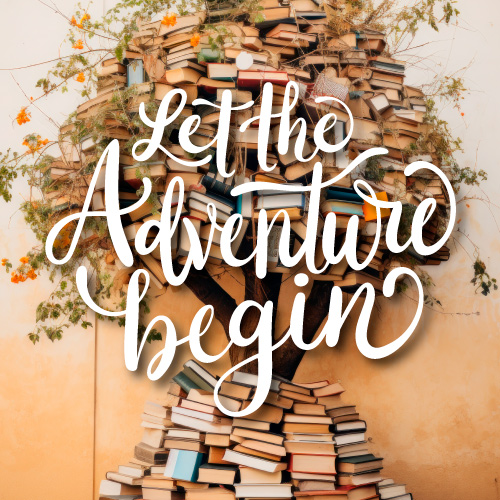A big part of Serial & Milk will be the events—especially book clubs. Book clubs are fantastic for so many reasons. I am obsessed with lists, and have thus created a list of some of them for your enjoyment:
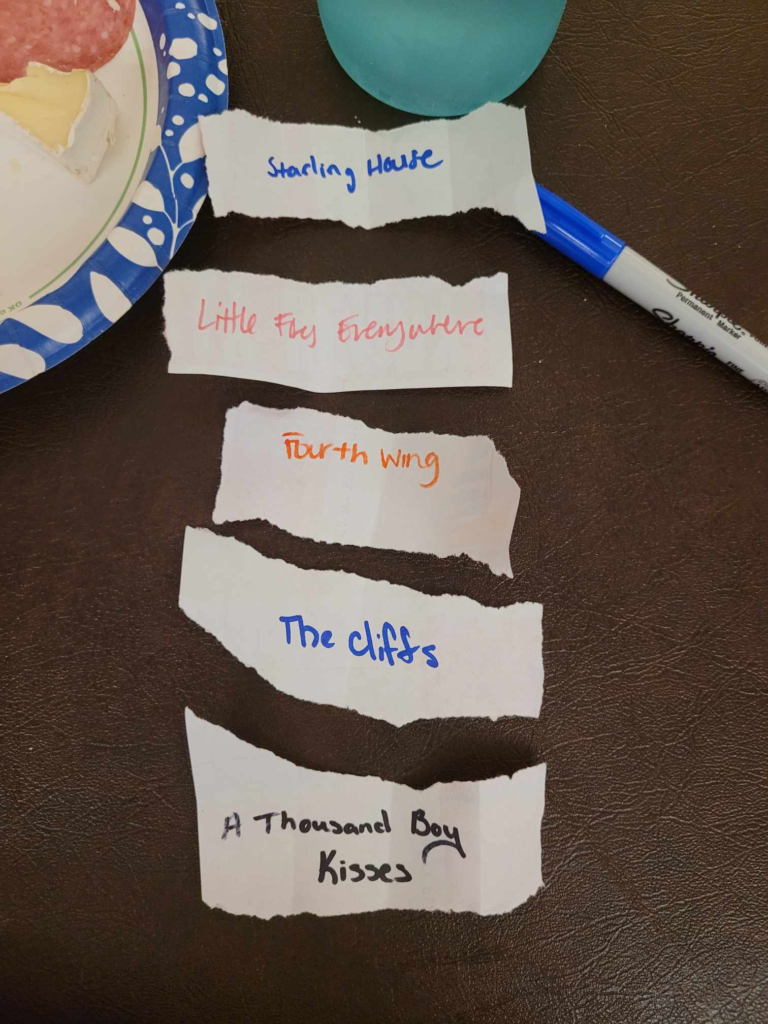
Why Book Clubs Are Amazing:
- They encourage you to read outside your usual genres.
- They create an amazing sense of community.
- They spark deep and meaningful conversations.
- They lead to amazing rabbit holes – like hours spent reading about the gothic genre for no real reason other than it is fascinating.
- They give you an excuse to throw fun, themed gatherings (yes, snacks are required!).
My love for book clubs truly ignited when my best friend, Xenia, and I started our own. It really opened up my range of book genres I read and encouraged me to read new things, which has been one of my favorite parts. What’s funny is that she had suggested it months before, and for some reason, I hesitated. Looking back, I can’t even explain why. But now? I’m so incredibly glad we did it.
One book that really highlighted my book club experience was Starling House by Alix E. Harrow. It was our second pick, and it opened my eyes to the magic of book clubs. I found the book through Reese Witherspoon’s Book Club. (Side note: Did you know there are tons of celebrity book clubs? Reese’s focuses on female-driven stories, Emma Watson’s highlights feminist books, and Oprah’s has been around since 1996! I’m also really excited about RuPaul’s new book club!).
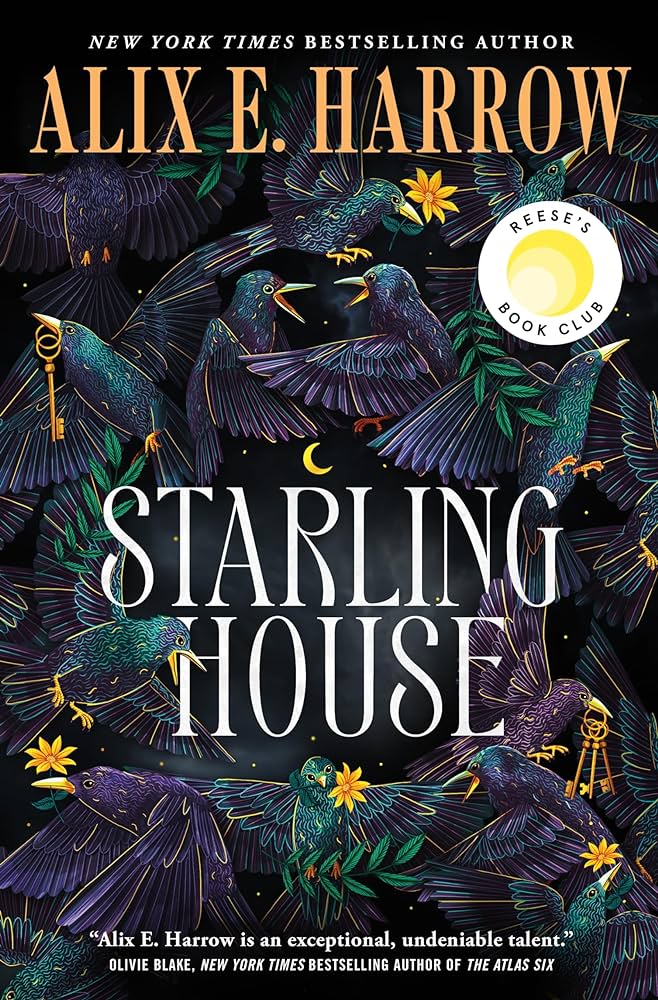
For our Starling House discussion, I had to go all out. I ordered the most adorable custom cookies from my favorite cookie artist, found recipes for Kentucky-themed drinks (these Sparkling Mint Juleps by Jeanine Donofrio are fantastic), and leaned fully into the theme. There are entire Instagram feeds dedicated to themed book clubs, and honestly? I LOVE IT. If I do anything right, it’s theming. I have so many ideas for how we’ll incorporate this at Serial & Milk—but that’s a post for another day.
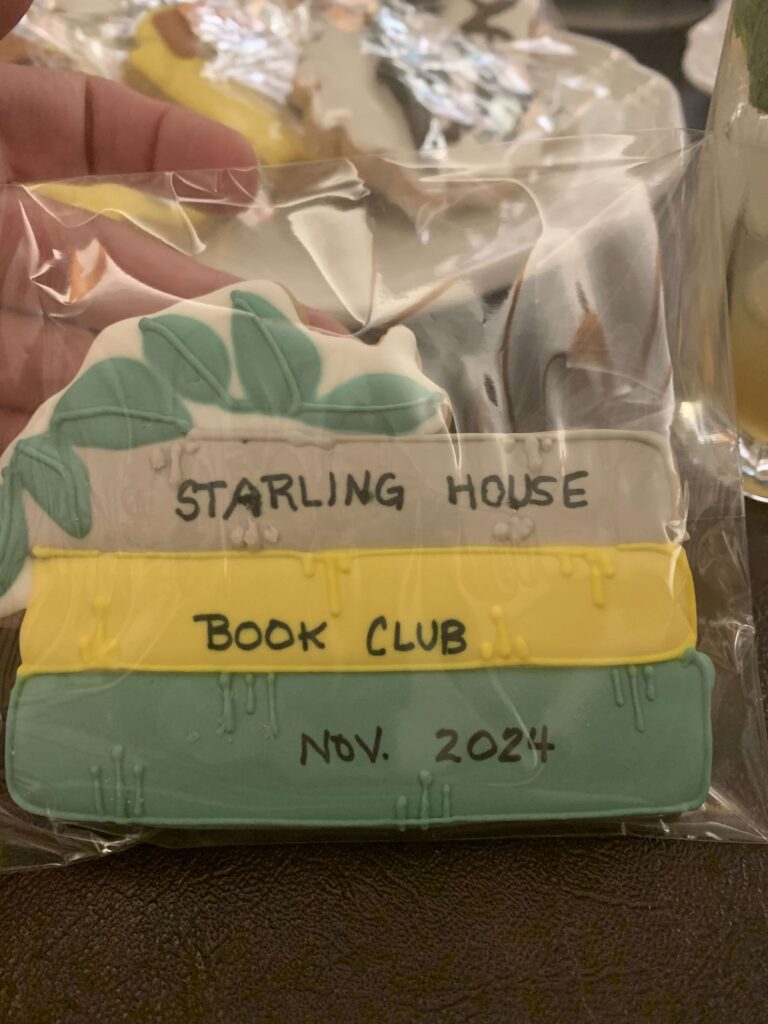
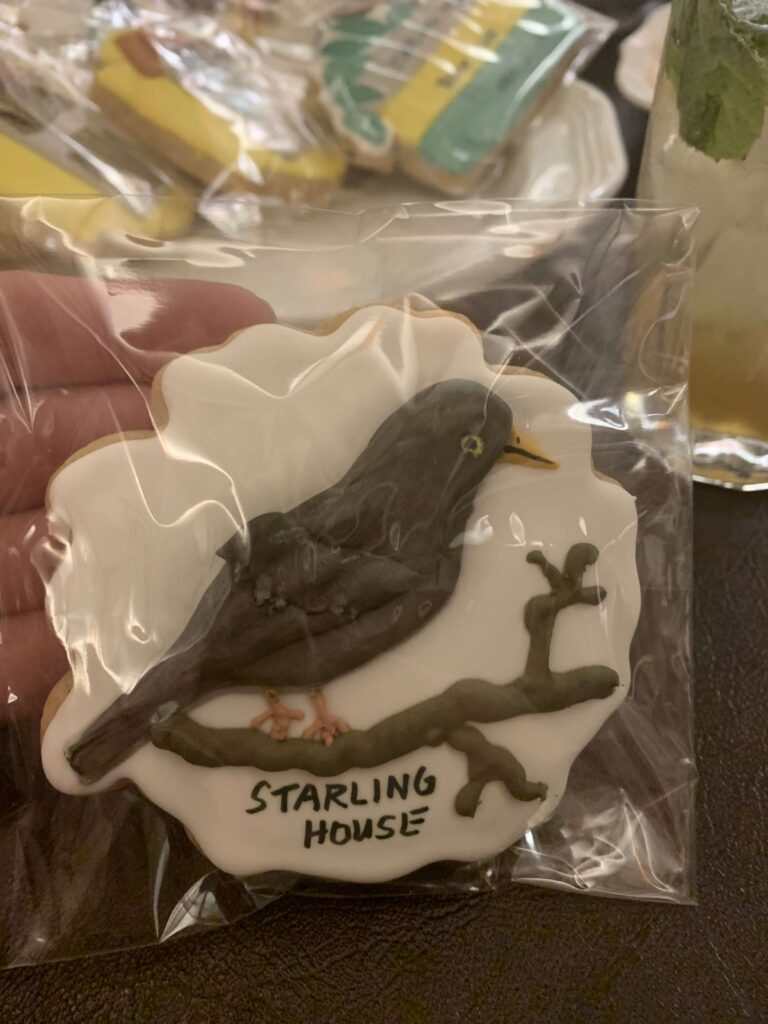


Since I recommended the book, I was responsible for coming up with discussion questions. I found some great resources, like this printable guide, and was surprised by how much I enjoyed reading reviews and critiques. Researching before our meeting added so much more depth to my understanding of the book.
My Thoughts on Starling House:
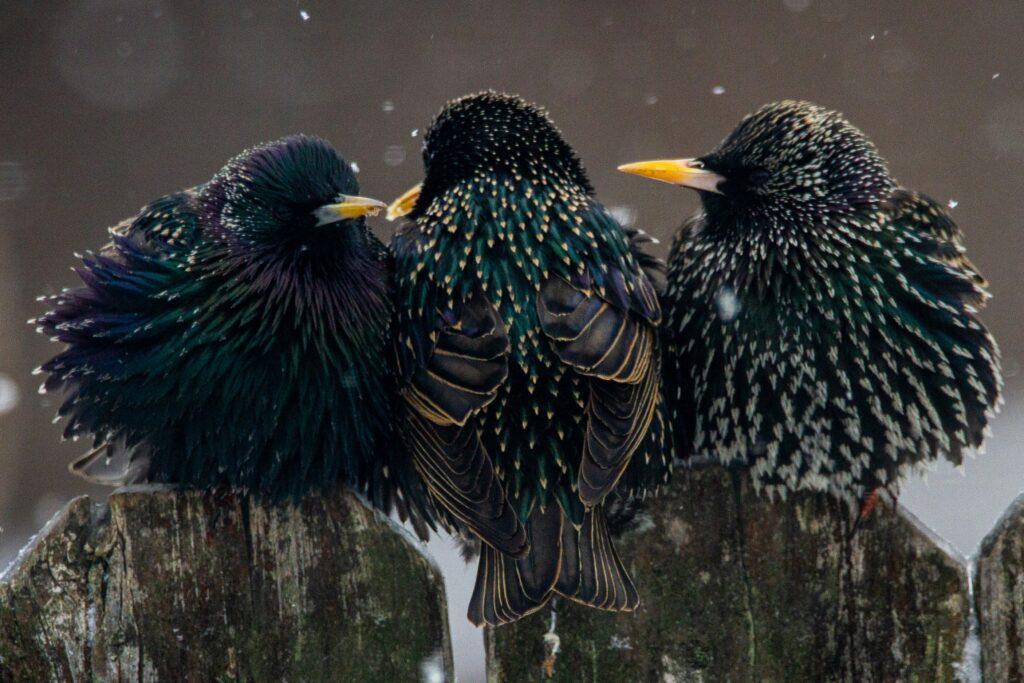
Starling House is a gothic fantasy novel set in a mysterious Kentucky town haunted by its past. The story follows Opal, a tough and determined young woman struggling to escape poverty, who becomes entangled with the eerie Starling House and its reclusive caretaker, Arthur. The novel weaves together themes of history, trauma, and survival.
The pacing had its ups and downs, but I was completely invested in the story. I liked the characters, enjoyed the themes, and didn’t figure out nearly as much as I expected I would. The last few chapters were very exciting, and the beautiful imagery Harrow created was astounding. I hadn’t read much gothic fiction before, so this was a new and exciting experience for me.
Before joining a book club, I often struggled to find new books that truly captured my interest. I didn’t have a clear process for choosing what to read next, and would often default to long detective series. Those first few months of book club changed everything—suddenly, I was exposed to genres and authors I might never have picked up on my own. It was a refreshing and eye-opening experience that has permanently shaped the way I explore literature today.
Now, I often visit bookstores just to browse the shelves, discovering hidden gems and adding to my ever-growing to-be-read pile. To keep track of everything I read, want to read, and my reading stats, I use StoryGraph. If you haven’t heard of it, StoryGraph is a fantastic alternative to Goodreads that provides personalized reading recommendations, detailed analytics about your reading habits, and allows for easy tracking of books in various formats. It’s been a game-changer for organizing my reading life!
The wild part? I didn’t even realize Starling House was a gothic novel at first. I just knew it was dark and mysterious, but I hadn’t really thought about the label. Then, I stumbled upon this insightful NPR article, which explained why Starling House fits so well into the gothic genre.
Reading that article opened my eyes to something fascinating—gothic fiction often rises in popularity alongside feminist movements. These novels have historically been a way for women to challenge societal norms in subtle but powerful ways. It’s really fascinating stuff. If you’re interested, check out this great article by Martha Amore: Feminist Gothic.
But Starling House wasn’t just about feminism—it also explored themes of poverty, grief, and trauma. A few of my favorite quotes from the NPR article captures it beautifully:
“I think what I wanted to say about class and poverty is that poverty is a form of violence and horror in and of itself.”
“W. Scott Poole teaches and writes about horror and popular culture at the College of Charleston. Poole says that from its very beginnings in the 18th century, Gothic fiction has responded to historical trauma. It’s insistent that history does not go away.”
“There’s a line in ‘Starling House’ that I think sums up everything that I would want to say about the Gothic genre, which is, one girl’s pain has been transmuted into generations of beautiful, terrible, unsettling art,” [Gothic fantasy author Ava] Reid says. “That’s what Gothic really is to me. It’s this almost refuge for people who want to create meaningful and beautiful art from pain.”
Reading these analyses made me appreciate the book even more. Alix E. Harrow dives deep into human suffering and survival, weaving a haunting yet beautiful narrative. Doing some research before our book club meeting helped me uncover so much more meaning in the story, and I was able to see layers I hadn’t fully grasped on my initial read.
My Book Club Obsession
I remember in college absolutely hating reading and writing projects—like multiple cry sessions hate. Maybe it actually is different when you enjoy the material, but I thought I also liked art, lol. Apparently, art history is not my jam, because I loved doing the research before our book club meeting.
I don’t know if it makes me a complete nerd or what, but it was so cool seeing what other people wrote, how they interpreted the book, and what they took away from it. The book community is fantastic! I’ve even completely reprogrammed my Instagram feed, joined Reddit book groups, and started following book blogs—all things I never did before. And now? I’m writing my own book blog. Because apparently, I need more book-related conversations in my life. (Do I have a problem? Maybe. But is it really a problem?).
Let’s Build Some Amazing Book Clubs!
So, I love book clubs. I do. And I want Serial & Milk to have amazing book clubs—ones that bring people together, spark great discussions, help us discover incredible books, and foster continuous learning. Book clubs have a unique way of expanding our perspectives, encouraging deeper thought, and introducing us to new ideas we may never have encountered otherwise.
To make that happen, I need your input! I’ve put together a survey to see what kinds of book clubs you’d love to be part of.
I can’t wait to hear your thoughts and create something fantastic together! 📚✨
